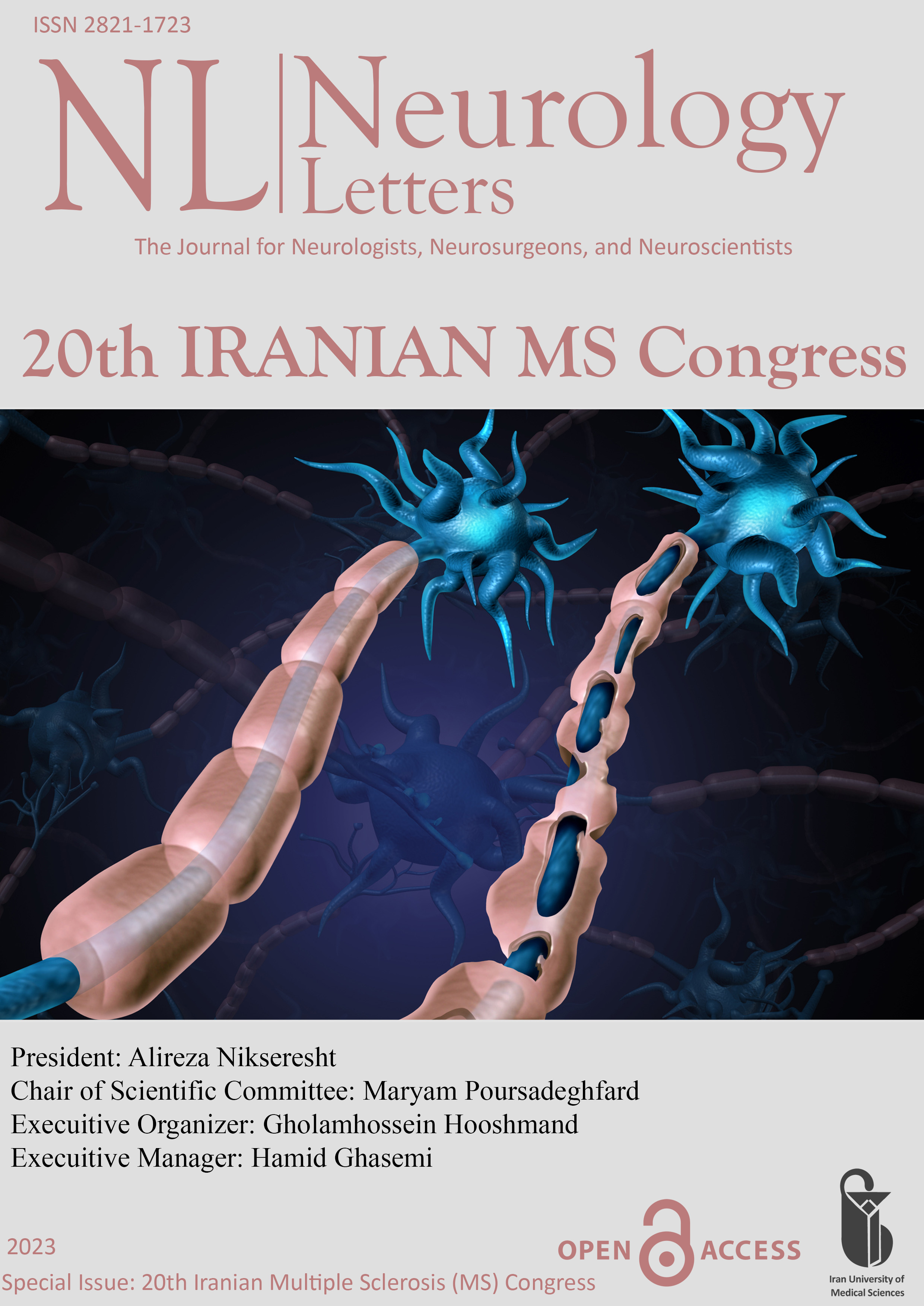Is There a Need to Differentiate Atypical Multiple Sclerosis from Neuromyelitis Optica Spectrum Disorders (NMOSD)? The Pros and Cons: A Systematic Review (PP-21)
Document Type : Poster Presentation
Authors
1 Multiple Sclerosis Fellowship, Multiple Sclerosis Research Center, Neuroscience Institute, Tehran University of Medical Sciences, Tehran, Iran
2 Medical Librarian, Clinical Research Developmental Center, Imam Hossein Educational Hospital, Shahid Beheshti University of Medical Sciences, Tehran, Iran
3 Multiple Sclerosis Research Center, Neuroscience Institute, Tehran University of Medical Sciences, Tehran, Iran
4 Department of Neurology, School of Medicine, MS Research Center, Neuroscience Institute, Sina Hospital, Tehran University of Medical Science, Tehran, Iran.
Abstract
Introduction: Most atypical inflammatory demyelinating diseases (IDD) exhibit pathological characteristics comparable to multiple sclerosis (MS). We conducted this systematic review to investigate the atypical cases that appear to be intermediate between MS and Neuromyelitis Optica Spectrum Disorders (NMOSD) with a final diagnosis of MS.
Methods: We systematically searched Scopus (n=143), PubMed (n=111) Embase (n=286), and Web of Science (n=140) on February 21, 2022, without time limitations. We included all cohorts, cross-sectional studies, case reports, and case series to review the characteristics and management of patients with atypical MS overlapping NMOSD features. Studies focusing on MS variants such as Marburg, Baló concentric sclerosis, Schilder type MS, or tumefactive demyelinating lesions associated with disease-modifying treatments (DMTs) in a known case of MS, studies on other diagnoses except for MS, studies related to overlapping syndromes in the era before Aquaporin-4 (AQP4) antibody discovery, the reviews, recommendations, guidelines, consensus, and presentations, and studies with insufficient data or unavailable full text were excluded.
Results: Out of 680 records, ten studies met the inclusion criteria. Among the 258 patients with a final diagnosis of atypical MS, most patients (67.17%) were female, with a mean age of 38.44 years. The most clinical manifestations were optic neuritis and transverse myelitis, which were more severe than conventional MS, with a mean Expanded Disability Status Scale (EDSS) score of 4.16. Most patients had a relapsing-remitting evolution. However, 23.7% had a primary progressive course, mainly seen in patients with cavitary or leukodystrophy-like involvement in magnetic resonance imaging (MRI). Brain MRI was in favor of typical MS lesions, at least in association with atypical lesions in most studies. However, spinal MRI revealed longitudinally extensive transverse myelitis in 57.5% of patients. Serum anti-AQP4 antibody was negative in all patients. While treatment data were lacking in most studies, a partial clinical recovery was obtained after pulse methylprednisolone with or without plasma exchange. A broad spectrum of disease-modifying treatments (DMT) for attack prevention was used, from first-line immunomodulatory agents to immunosuppressive DMTs.
Conclusion: The analysis suggests that the cases of atypical MS have features comparable to either NMOSD or conventional MS. Further studies are needed to determine the best practice for managing atypical MS.
Keywords
 Neurology Letters
Neurology Letters
